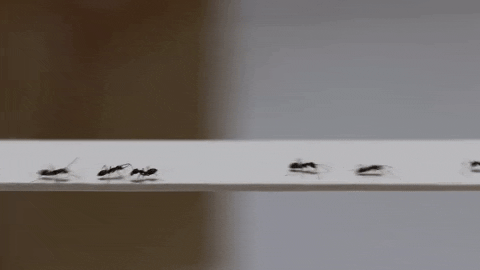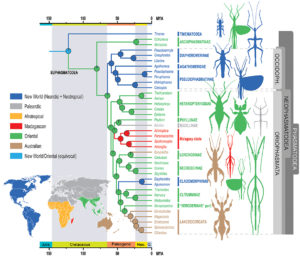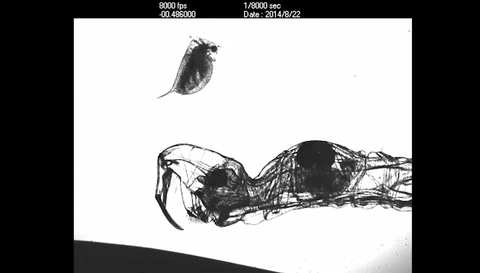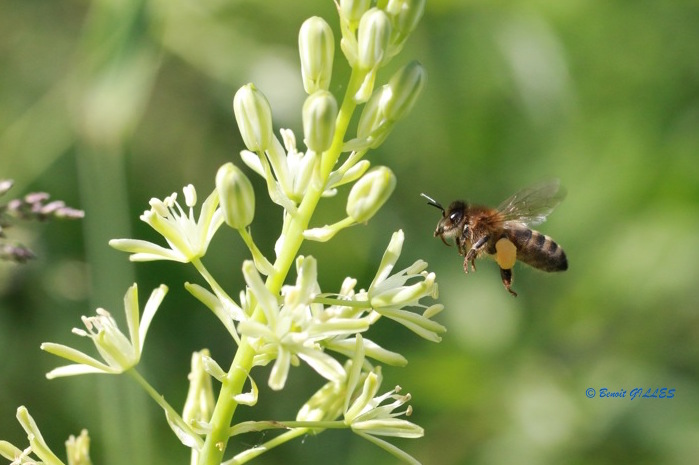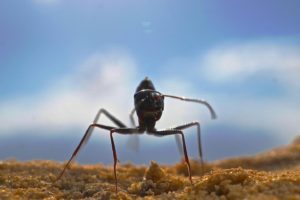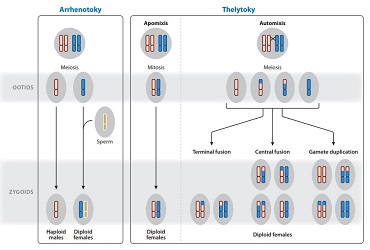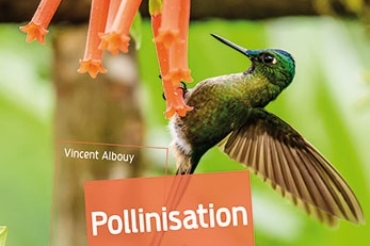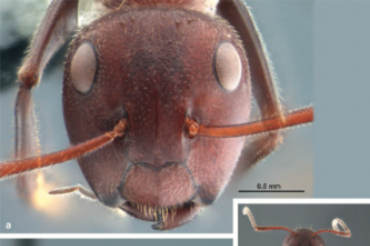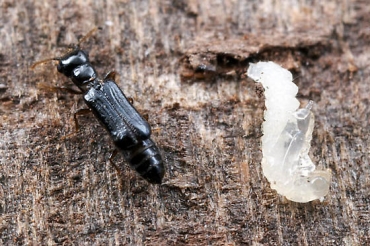By Laure-Anne Poissonnier Insect societies have long been part of the human imagination. Ants appear, for example, in fables, tales, and science fiction novels. They are often attributed to human qualities: the ant is hardworking, selfless, and well organized. It is true that when one observes an ant colony, one is forced to marvel at…
Tag: evolution
Evolutionary history of phasms and phyllies
by Benoit GILLES The Order of Phasmatodea (phasms and phyllies), composed of more than 3,100 species and 500 genegenes, is one of the oldest groups of insects. They are popular for their ability to camouflage themselves in vegetation. Their morphology, sometimes displaying extravagant shapes, makes them look like twigs, leaves or bark in order to…
Chaoborus: a lightning attack
by Benoit GILLES The trophic chains of ecosystems such as those found in small ponds are structured in several levels. The first group consists of the so-called primary organisms, constituting phytoplankton, producing their energy from minerals and light energy through the photosynthesis process. At the base of the food chain, these organisms serve as food…
Insect disappearance: Causes and consequences
by Benoit GILLES With their presence on Earth for more than 400 million years, their diversity, their adaptability and their abundance, insects are an unprecedented biological success and an essential component to life on our planet. Today, one organism living on two and three out of four animals belong to their order. The ecological functions…
The memory of the desert ants
Odometer at Cataglyphis Fortis The Cataglyphis Fortis have the ability to return to the nest although they are in complete darkness. How do they estimate the distance to which the nest is located, and this in a straight line? A team of Swiss scientists led by Matthias Wittlinger (link) showed that the ant estimates the…
Parthenogenesis in insects: synthesis
by Benoit GILLES In order for them to multiply, nature has endowed living organisms with a wide diversity of reproductive systems. In insects, one of these strategies is parthenogenesis. This is based on the development of individuals from unfertilized gametes, thus without the need for fertilization. This strategy is interesting for more than one reason:…
Be versatile or specialize? The choice of flowers and their pollinators
By Vincent ALBOUY Specialization/Generalism Specialization is defined as physical, biological and/or behavioural adaptation to a small group of partners. Bryona dioica (Bryona dioica), a wild Cucurbitaceae, flowers in spring in hedges and wastelands. Its greenish-white flowers attract various collectors. Among them, a small blackish bee marked with red, andrène de la bryone (Andrena florea), visits…
Colobopsis explodens: a detonating ant!!
In the already surprisingly diverse world of ants: morphology, behaviour, adaptation and ecology (read these articles Cataglyphis ; Atta ; Eciton ; Cephalotes ; Force), is added the description of a new species to the capacity of the most singular, that of being able to be literally exploded as a means of defense ! Described…
The incredible life cycle of Micromalthus debilis!
Micromalthus debilis, an Archostemate (smallest suborder of beetles – 50 species) of North American origin does not seem to have evolved for several tens of millions of years : it is the only known living representative of the Micromalthidae family. Although the species displays archaic morphological characters, its development cycle is both complex and singular,…
Ephydra hians: the diving fly of Mono Lake
Summer, the shores of Mono Lake in California are invaded by millions of small flies. The density is such that it sometimes reaches in places more than 2000 flies on the surface of a postcard, for a total population estimated at more than 100 billion individuals. These flies belong to a species: Ephydra hians (Ephydridae).…

